
How the LBS System Compares to Conventional Concrete in 4 Key Areas
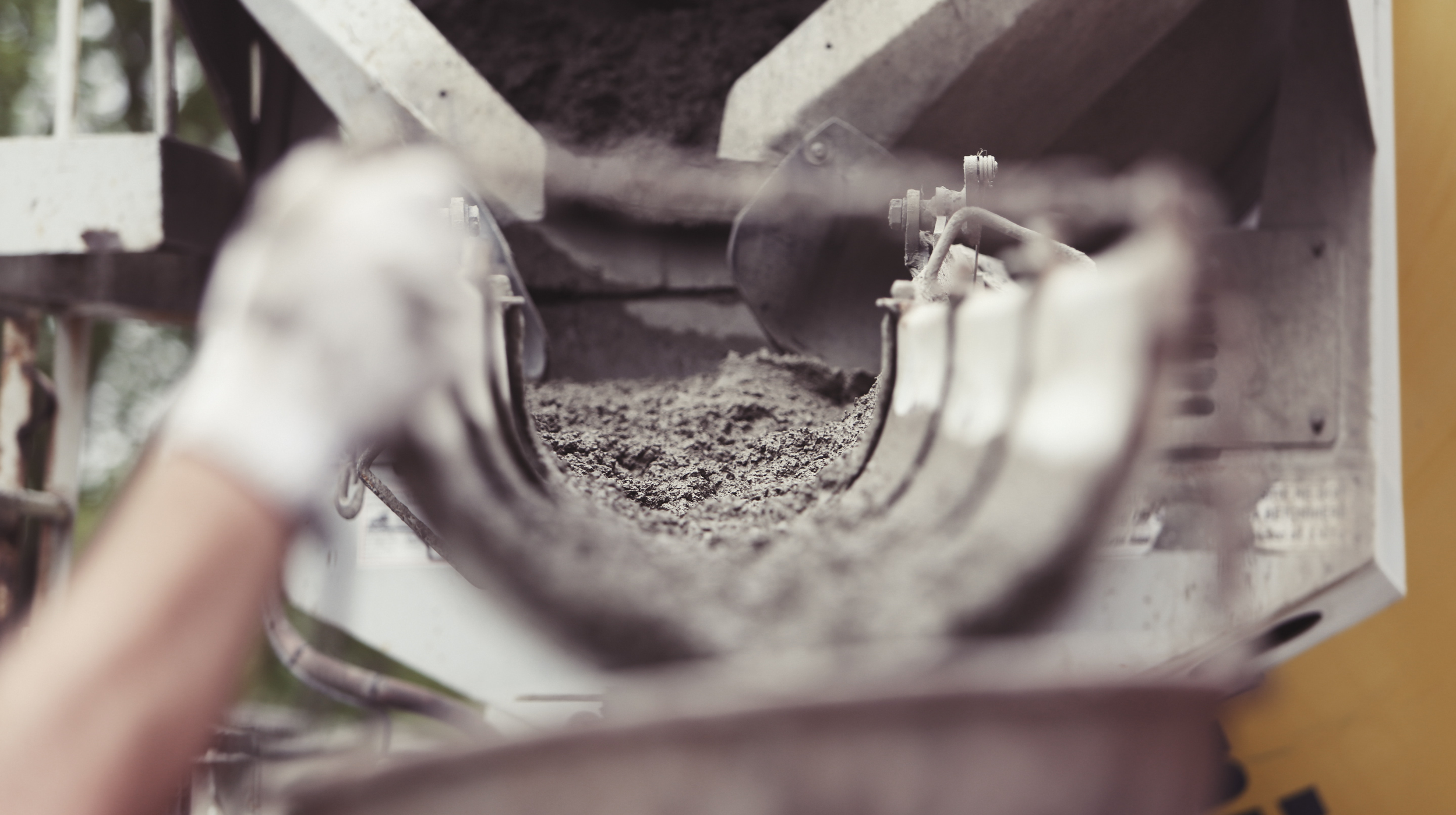
25
Sep
How the LBS System Compares to Conventional Concrete in 4 Key Areas
The “best” material choice often depends on the type of project. For example, conventional concrete structures provide benefits that are often important in the design of slender, high-rise buildings. On the other hand, the LBS System has design, construction and cost advantages that benefit low and mid-rise construction.
Let’s see how the LBS System compares to conventional concrete in 4 key areas:
1. Strength-to-weight Ratio
The Steel Framing Alliance (SFA) says cold-formed steel has the highest strength-to-weight ratio of any construction material.
Foundation savings
Less weight of LBS material is required to carry the same structural load as conventional concrete.
The LBS System reduces a building superstructure’s weight. In fact, the weight of an LBS System framing system can be up to 50 percent less than that of a comparable conventional concrete framing system. The LBS framing system’s lighter weight (i.e., dead load) leads to lighter and more cost-effective foundations with less concrete required to support the structure.
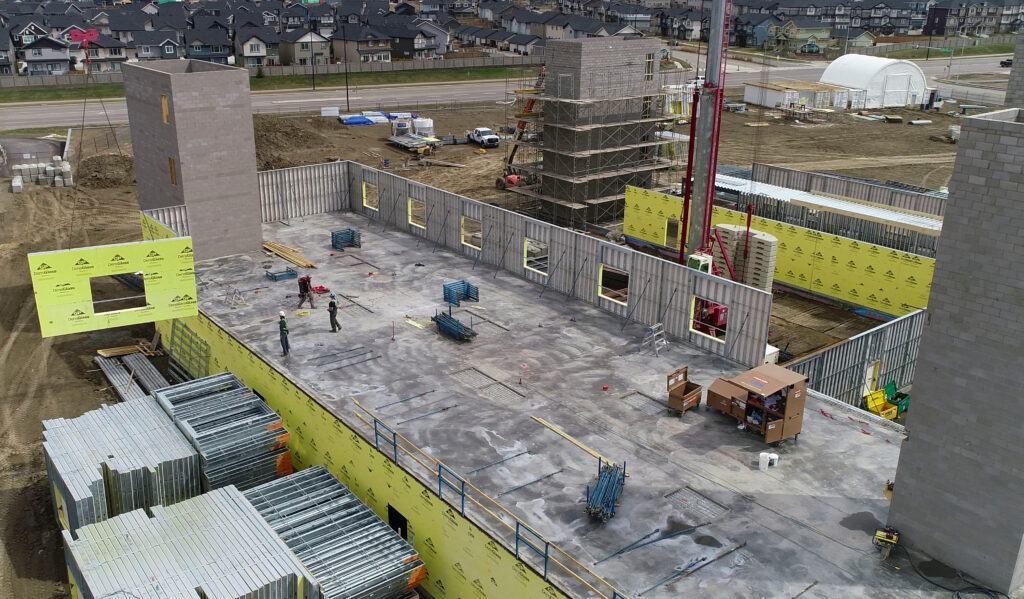
Floor Panel Being Set
Light-weight Building Systems Inc. provides several options on floor assemblies:
- Composite steel joist and deck
- 8″ Deep deck
- 5″ Deck
- 3″ Deck
- Hollow Core
- Steel Stud Joist
- CLT
- Precast
All floor assemblies have different benefits that fit into any building design.
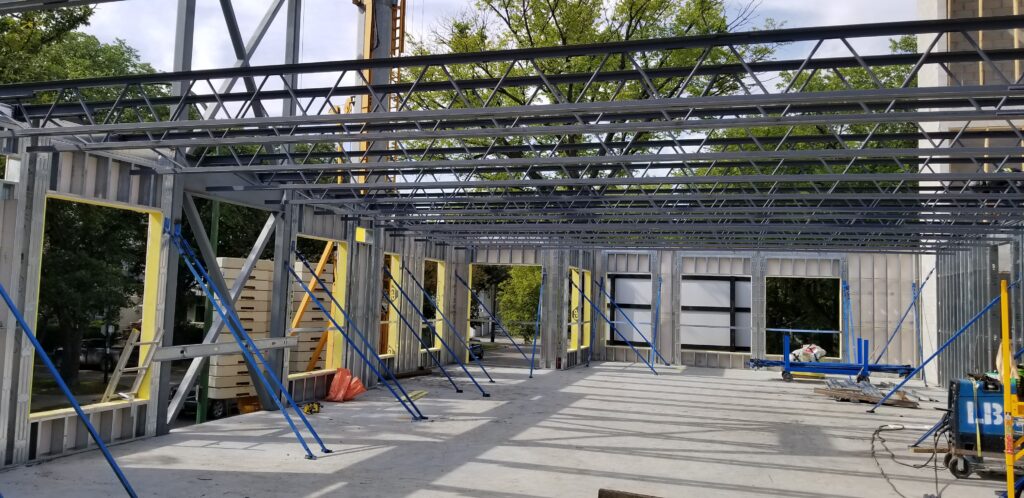


2. Off-site Construction
With LBS, less manpower is required and construction waste is greatly reduced.
Benefits with off-site construction or prefabrication of LBS panels, structural steel, floor systems, and roof trusses include:
Reduced construction waste
- Greater quality control
- Reduced builder’s risk insurance
- Reduced manpower presence on site
- A faster on-site schedule
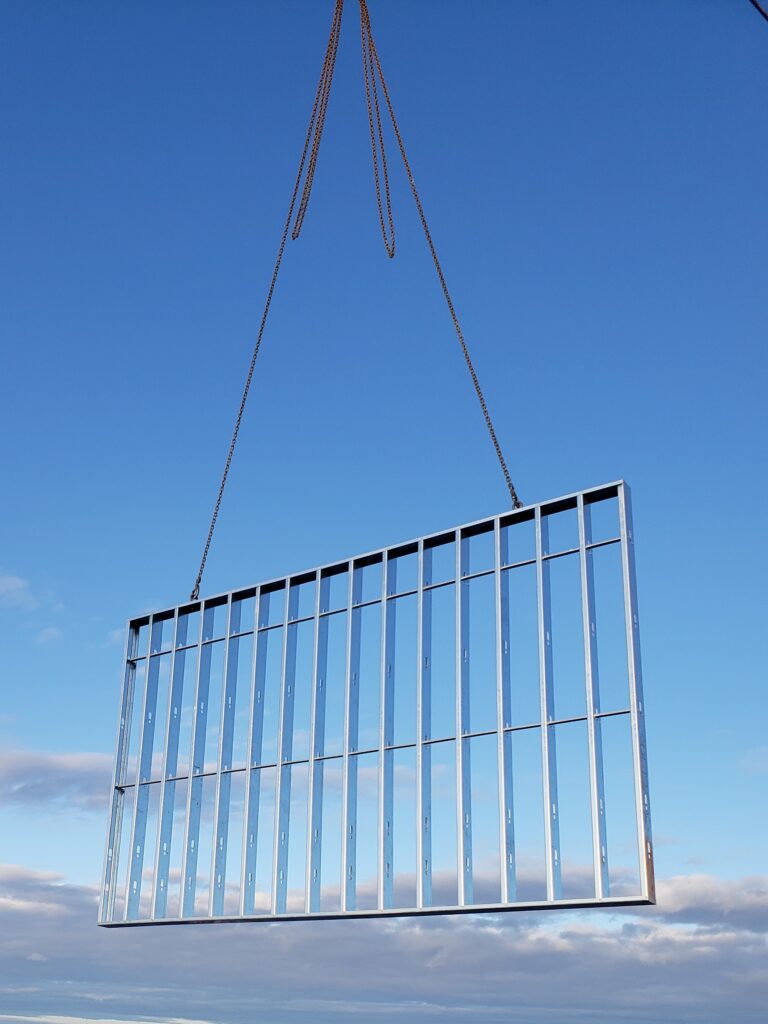
3. Project Accelerator
Benefits to other trades:
LBS structures go up in a much shorter time frame than comparable cast-in-place concrete-framed structures, allowing follow-on trades to get to work sooner.
Benefits to the community:
For city areas with a lot of people and traffic, the speed of the LBS System approach reduces disruption to nearby buildings, lowers traffic congestion and lowers the impact on the neighborhood.
Benefits to owners:
Time and budget savings can reduce the owner’s requirements for working capital, lower bank finance charges, reduced site management fees and improved cash flow so you can move on to your next investment.
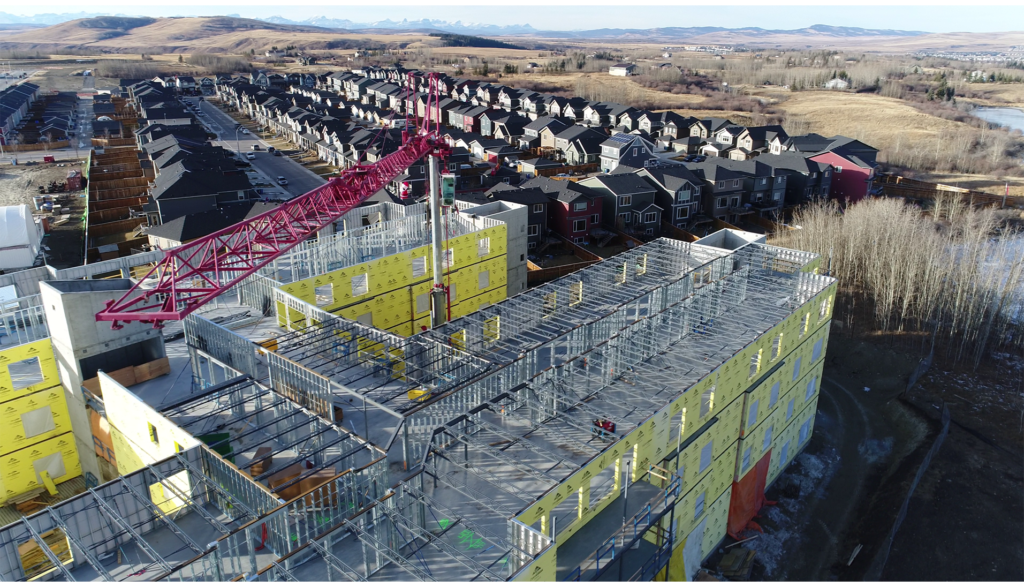
4. Cost of Construction
Ultimately, the benefits of the LBS System when compared to a conventional concrete design approach will lead to lower overall construction costs. The main reasons for this include:
- Up to 90% less rebar
- Up 60% less concrete
- No shoring or re-shore requirements
- Reduced equipment rental costs
- Savings on heat and hoarding requirements
- Better site coordination with LBS 3D modeling
- Lighter superstructure = lighter foundation
- Longer available spans = design options
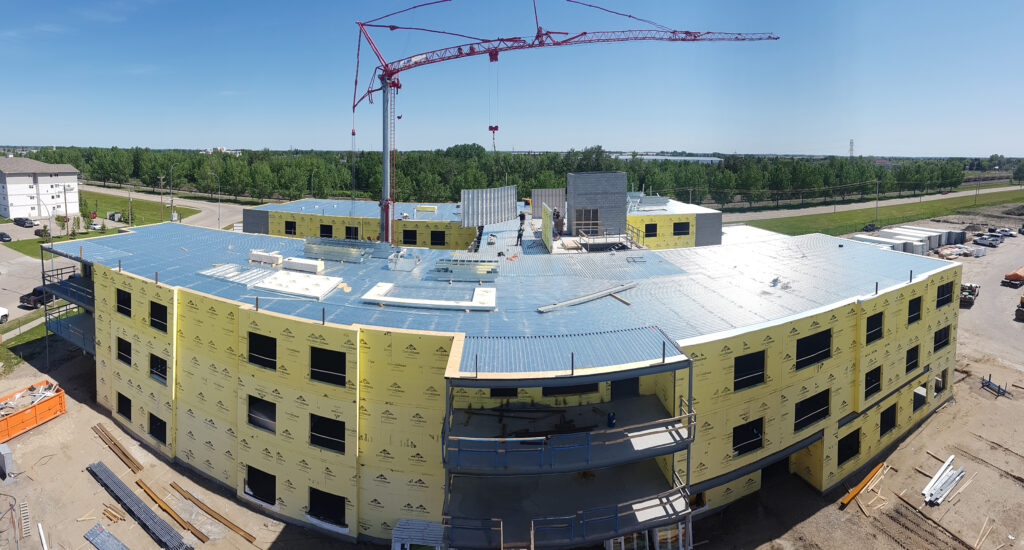
![]() Admin
Admin![]() News
News
